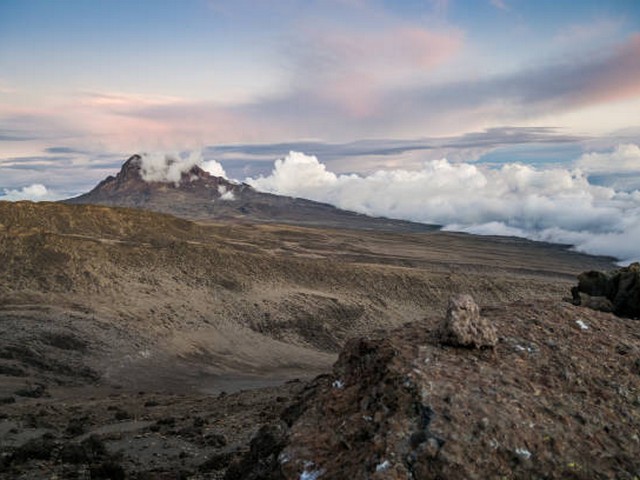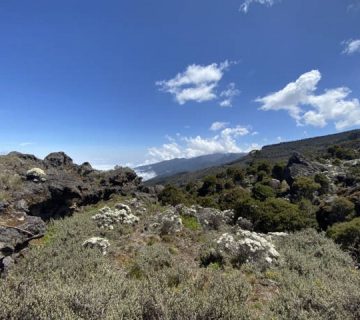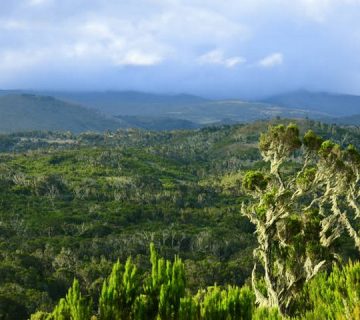How To Handle Group Dynamics During Kilimanjaro Trek
Embarking on a trek to the majestic Mount Kilimanjaro is not just a journey through some of Tanzania’s most breathtaking landscapes; it’s also a voyage into the heart of diverse human interactions and shared experiences. At Kilimanjaro Centre for Trekking and Ecotourism (KCTE), we understand that the success of such an adventure often hinges on the group dynamics as much as it does on physical preparedness. Whether you’re climbing through the misty rainforests of the lower slopes or pushing towards the stark beauty of Uhuru Peak, the spirit of camaraderie and understanding among your group members can make or break your expedition.
Embracing the Challenge Together
The Importance of Group Dynamics
When you climb Kilimanjaro, you’re not just facing a physical challenge; you’re also entering a social microcosm. A typical group comprises individuals from diverse backgrounds with varying degrees of fitness, motivation, and trekking experience. The interplay of different personalities and endurance levels can significantly impact the collective morale and success of the trek.
Setting the Stage for a Harmonious Climb
Start your adventure right by fostering an environment of mutual respect and open communication. Encourage everyone to share their expectations, fears, and hopes about the trek during your initial meetings and briefings. Understanding each other’s goals and apprehensions can build empathy and support within the group.
Cultivating Positive Interactions
Encourage Team Building
Team-building activities before and during the trek can integrate individuals and help form a cohesive unit. Simple games, shared responsibilities, and paired tasks can encourage bonding and make the group more resilient to the challenges ahead.
Roles and Responsibilities
Assign roles based on each member’s strengths. Someone might excel at navigation, while another could be great at boosting morale. Rotating responsibilities daily can also keep the group dynamics fresh and inclusive, giving each member a sense of importance and belonging.
Managing Conflicts and Challenges
Conflict Resolution Strategies
It’s natural for conflicts to arise when people are out of their comfort zones. When tensions build, address them openly and calmly. Encourage open dialogue and use mediation techniques if necessary. Remember, the objective is to ensure that every voice is heard and to find a middle ground.
Embrace Leadership
A clear, democratic form of leadership can guide the group through tough decisions and challenging times. Leaders should be empathetic, decisive, and adaptable to changing group needs and mountain conditions. Leadership can also be rotational, giving each member a chance to lead a segment of the journey.
Individual Needs vs. Group Goals
Balancing Acts
While it’s important to meet group objectives, individual needs should not be ignored. Regular check-ins can help leaders assess each member’s physical and emotional state. This ensures that the group’s pace and daily goals are aligned with the overall capabilities and wellbeing of all members.
Support Systems
Encourage a buddy system where climbers pair up to support each other. Buddies can motivate each other, monitor each other’s hydration and energy levels, and provide a primary source of support before involving the larger group or guides.
Preparing as a Group
Physical Preparation
Recommend group training sessions and preparatory hikes if possible. This not only improves physical readiness but also allows members to get accustomed to each other’s company and hiking styles.
Mental Readiness
Discuss and mentally prepare for the realities of high-altitude trekking. Group discussions about altitude sickness, weather challenges, and physical demands can set realistic expectations and reduce anxiety.
Why Climb Kilimanjaro with KCTE?
Choosing the right tour operator is crucial, and at Kilimanjaro Centre for Trekking and Ecotourism, we pride ourselves on our deep understanding of Mount Kilimanjaro and our commitment to creating unforgettable experiences. Our expert guides are trained in handling group dynamics effectively, ensuring that every trekker’s needs are met with empathy and professionalism. By booking your climb with KCTE, you’re not just choosing a trek; you’re choosing a well-orchestrated adventure where every member’s contribution is valued, and every step is a collective stride towards a shared dream.
FAQs About Climbing Kilimanjaro
What is the best time of year to climb Kilimanjaro?
The best times are during the dry seasons, January to mid-March and June to October. These months offer the clearest skies and the lowest risk of precipitation.
How physically demanding is the Kilimanjaro trek?
Climbing Kilimanjaro is a physically demanding endeavor that requires good physical fitness. Preparation should include cardiovascular training, strength exercises, and altitude acclimatization if possible.
What should I pack for the climb?
Essential items include thermal clothing, a durable backpack, high-quality hiking boots, a sleeping bag suitable for low temperatures, water purification tablets, and personal medication.
Concluding Thoughts
Handling group dynamics effectively during a Kilimanjaro trek can transform a challenging journey into a triumphant expedition that will be remembered for a lifetime. At KCTE, we’re committed to making your climb successful not just in reaching the summit, but in ensuring the journey is enriching and enjoyable.
Ready to conquer Kilimanjaro with a team that thrives on positive group dynamics? Book your adventure today with Kilimanjaro Centre for Trekking and Ecotourism, and let’s reach new heights together!




